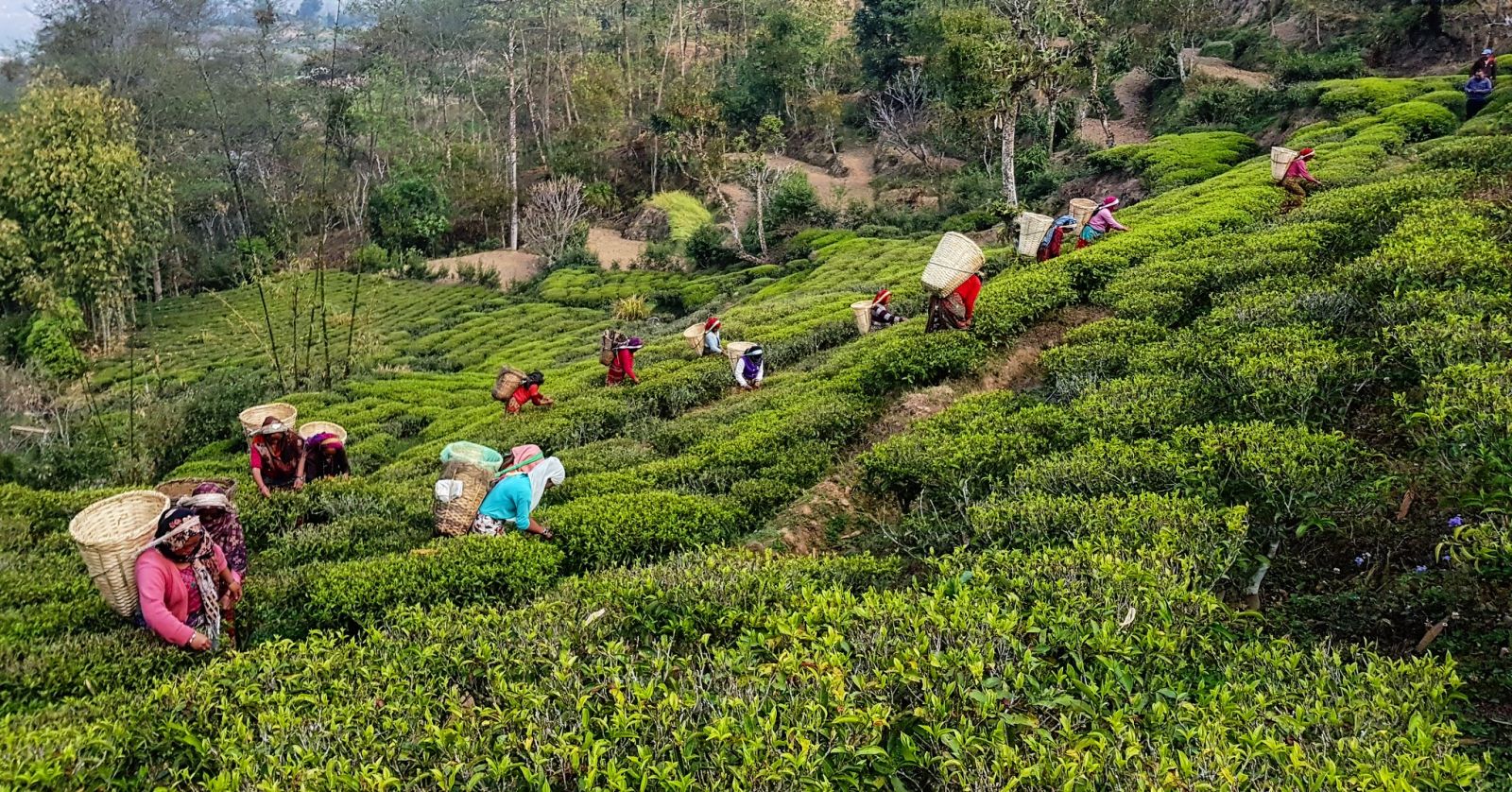Nepal Jun Chiyabari HBO
country of origin Nepal
Chcete pomoci s objednávkou?
+420 777 052 974
Himalayan Bouquet
Summer harvest from the Jun Chiyabari garden, which grows and processes tea leaves in a natural farming style without chemical sprays and fertilizers. Beautifully crafted, regularly rolled, medium oxidized leaves with a rich sweet fruity aroma. A golden infusion of smooth, delicate, sweet, fruity flavor with notes of paste honey, dried dates and vanilla.
How to brew HBO tea
Use 5 grams of tea leaves for 0.5 litre of boiling water cooled to 85-90 °C, steep for 2–3 minutes. Feel free to experiment with steeping time, water temperature, and the amount of tea leaves. You can also read our articles on tea preparation and water quality. These tea leaves are also suitable for Asian-style preparation, which includes multiple infusions: you steep 5 grams of tea leaves per 150 ml of water that has boiled and cooled to 85–90 °C for 30 seconds and in the following three infusions, you steep the leaves for 40, 60, and 90 seconds, respectively.
More information on HBO
Garden: Jun Chiyabari, Nepal
Division: Nigalé
Harvest: June 2024
Average altitude: 1850 m above sea level
Cultivar: China
Production: Withering, bruising for partial oxidization, panning to stop oxidization, rolling, and drying.
About Jun Chiyabari tea estate
Location
The tea garden in the eastern Himalayan region of Nepal is located in the hills around Hile in the Dhankuta district. This is North 27o 01' East 087o 19'. The garden falls within an elevation of 1600 - 2000 meters above sea level. This area is about 200 km east of Kathmandu; 55 km west of Ilam in Nepal and 65 km west of Darjeeling, India.

.jpg)
Cultivars / plants
In the tea garden itself, different quality tea cultivars were brought from Nepal and Darjeeling and as far away as Taiwan and Japan and planted out.
From Nepal came plants (cuttings and seeds) from the original seeds plants given by the Qing Emperors (1850’s-1860’s) to Nepal’s rulers. Locally available plants from Nepal Tea Board like AV2 were also planted.
From Darjeeling, there are cultivars like T1, T78 and Phoobshering 312, and many others. Also, valuable cuttings and seeds from China seeds plants were obtained through friends and well-wishers.
From Japan, common varieties like Yabukita and some special tea plants growing wild in the forests in Miyazaki ken were planted out. From Taiwan plants like Si Ji Chun and Chin Sin Oolong from Dong Ding in Nantou were brought and planted.
Very few tea gardens in the region have the type of tea plants that they have in Jun Chiyabari. Perhaps this diversity combined with the soil and climate, not to speak of the skills of the tea master, is what gives the teas a special character.
Manufacturing Season
The manufacturing season starts in March and continues until November. As is with the region, there are four harvest seasons: First, Second, Monsoon & Autumn Flush. The start and end of each Flush is totally climate dependant.

Form: Whole Leaf Black Tea
Area: Nepal
Estate: Jun Chiyabari
Harvest: Summer Season
Year: 2024
Lot: J 168a / 2024
Designation: Himalayan Bouquet
Country of origin: Nepal



